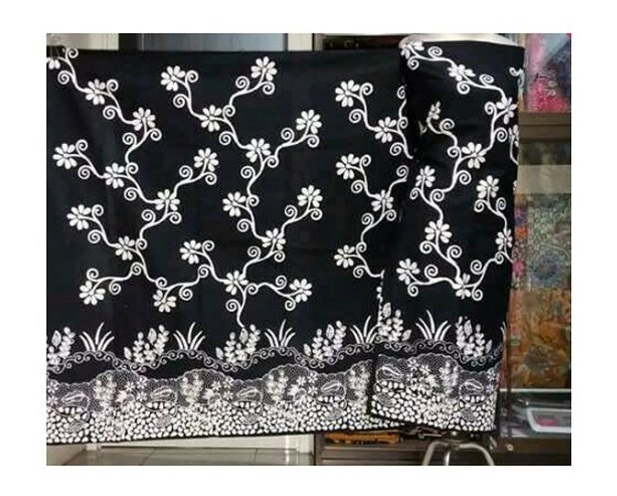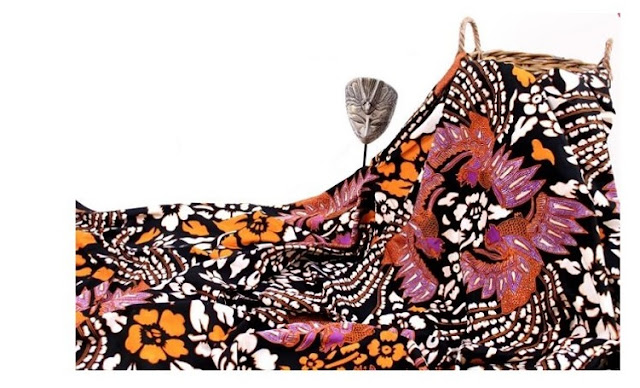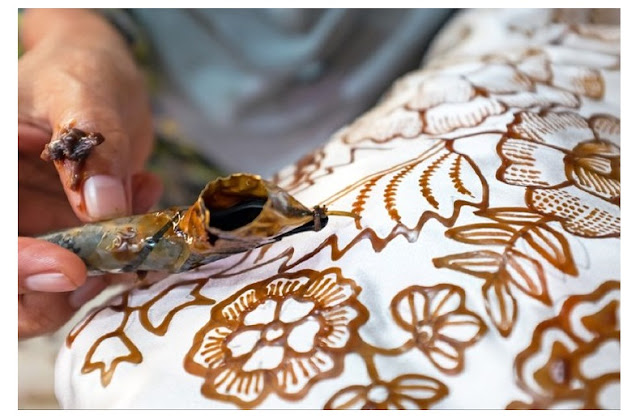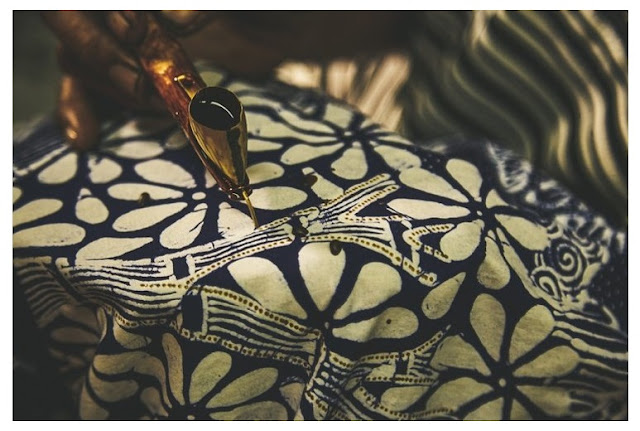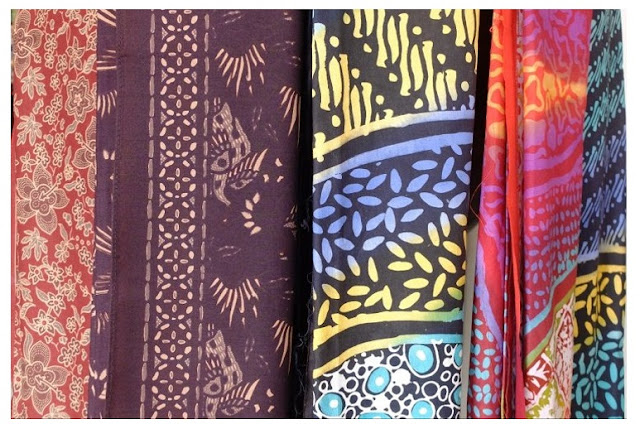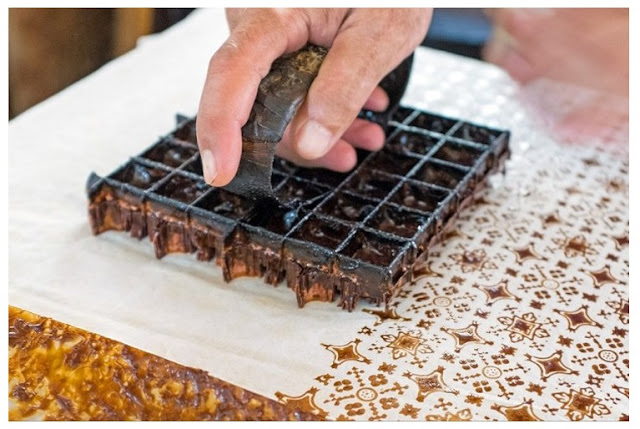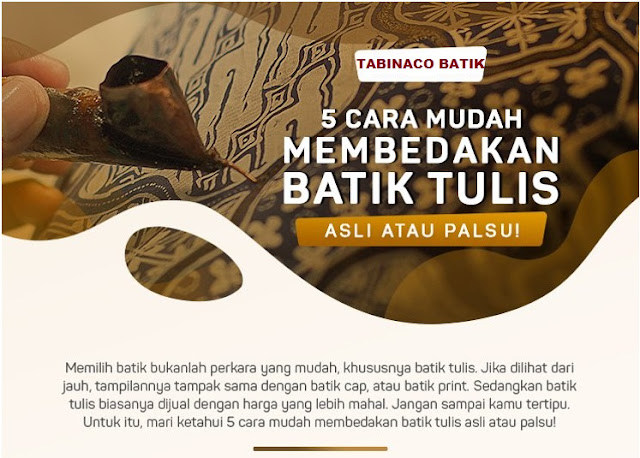9 Easy Ways to Distinguish Written Batik, Stamp Batik, and Print Batik
Batik is one of the heritages of the Indonesian nation which is much sought after by its lovers. Viewing and differentiating written batik, printed batik, and printed batik in plain view may be somewhat difficult. The reason is, batik motifs, both original written, stamped, or using printing techniques, may look similar. For more details, this is how to distinguish written batik, printed batik, and printed batik. Come on, listen!
Know first the types of batik based on manufacturing techniques!
Before you know how to distinguish, it's good to know three types of batik based on the manufacturing technique. Batik is divided into three types, written batik, printed batik, and printed batik.
Handwritten batik itself is a fabric decorated with textures and patterns of batik cloth using hands. If you see a batik craftsman drawing a motif on a cloth, then the batik is included in the category of written batik. Making this type of batik also takes longer which is around 2-3 months compared to other techniques.
In addition there is also a printed batik. Stamp batik is a fabric decorated with textures and patterns formed using a stamp. This stamp is also not kidding and is made of copper. Of course this method will save more time, because batik cloth will be finished within 2-3 days in the manufacturing process.
The last one is batik print. This technique is more modern because it uses more sophisticated machines and technology. The manufacturing process is almost similar to making banners or T-shirts, it's just that it uses different colors and materials and coloring.
1. Look in detail the material of written batik, printed batik, and printed batik
If examined carefully whether the batik is written batik, look at the results of coloring. Craftsmen or manufacturers usually use natural fabric fibers such as silk or cotton in their manufacture. This causes the coloring will not reduce the quality of the fabric.
If you find fabric fibers that tend to be stiff, chances are the fabric is printed batik or printed batik because it uses polyester. Dyes or ink that seep into the crevices of fabric thread tend to be shiny and bright.
2. Touch the surface of the batik cloth
Ever tried to touch it? If you feel the surface of the batik cloth arising slightly in each part of the pattern or motif, usually the batik cloth can be guaranteed authentic batik. This is because the basic ingredients of the candle are used as the basis of manufacture.
If after you touch the surface of the fabric and there are no patterns or motifs that arise, be careful, it could be batik print, so that the pattern is made to seep in and blend perfectly with the fabric.
If you include as a fan of original written batik, examine and examine it well before having it. Because it requires time, energy and expertise in its manufacture, it's no wonder the price of original written batik can soar, aka expensive.
3. Having a price that is relatively much cheaper
You know, what is the process and process of making batik? So you should not be easily tempted by offering prices that are much cheaper than usual.
The original handmade batik cloth certainly has a fairly high selling price even reaching millions. Look for a few point of sale references so you can more easily recognize them, which original batik is indeed sold at a high price, and which is priced at a relatively affordable price.
In contrast to printed batik or printed batik which does have a cheaper selling price. That is because the process of making printed batik and printed batik is indeed faster. Especially batik prints that do use machines.
4. Pay attention to the perfection of motifs and patterns made
Open your eyes carefully and if necessary remove the glasses to see the motifs and patterns of batik closer. Original written batik is done using direct hands, so it is not uncommon for errors to occur in several parts.
Although not too ketara, but usually the original handmade batik has a motif that is not exactly the same despite having a similar picture. If there are parts that are disjointed also must be understood because the batik is done without using a machine, but manually. It is also possible to see a little spill of wax used when painting the batik.
Meanwhile, if you do not find differences in motives and patterns and do not find the slightest mistake, you must be careful. It could be that the batik cloth is batik print using a machine.
Currently the design program through computer design methods that are fairly modern is easily found. The results of making batik with perfect motifs and patterns can be fairly fake.
5. Motives that are more exploratory and minimal repetition
The printed batik certainly has a repetitive and identical motif with each other. However, you will find different things on written batik. Motifs on written batik tend to be more exploratory and flexible compared to printed batik. The size of the lines on the batik motif also tends to vary.
Not infrequently, written batik has small details not found on printed batik. That is why, the work on batik is more complicated than printed batik. Workmanship that requires detail and patience is what makes the price of batik more expensive than printed batik.
Meanwhile, when compared with batik print. The motif on batik print is very neat and symmetrical, this is of course because batik cloth is processed using a machine. That also makes batik prints very minimal, mistakes occur and even the motives are almost perfect.
6. The stinging scent of batik
No need to hesitate to smell batik cloth before buying it. One way to distinguish written batik, printed batik, and printed batik is to smell it. Stamped batik cloth tends to have a pungent odor. This is because the tasting process requires more wax compared to batik.
If you smell the scent of batik, the smell of the wax that is wafted will not be too overpowering. Different things you will find in batik print. Printed batik cloth has a different aroma to the other two batik. Usually, printed batik uses chemical dyes that smell rather prominent between printed batik cloth and written batik.
7. Significant color differences
Apart from the motif, you can also distinguish batik from the color of the batik cloth. Original written batik will have the same color motif on the back and front because it is done in both sides of the batik process.
If when you want to buy batik cloth which is said to be written batik has a thicker and brighter color on the front while the back is thinner, maybe the batik is a printed batik.
In addition, also know the color characteristics of batik print. Batik print is usually presented with colors that are more lively and varied. Of course, because the engine technology used to make is indeed very capable. But indeed the baitk manufacturers use chemical dyes, so that even more color variations.
8. The size is also different, you know!
Because written batik usually has a pretty fantastic price, batik is also sold with a fairly large size. If you often see, the size of written batik is usually larger than other types of batik, about 2 x 1.25 meters. When compared with printed batik, batik size does have a standard size. Usually many printed batik is presented with a size of 2 x 1 meter.
9. How about buying online?
Buying things online might be tricky. Especially written batik, where you can't see directly or feel the cloth. But you can try asking online sellers to send real photos of the fabric from various sides.
Well, from these photos you can see in detail the motifs of the batik cloth. Don't forget to ask for a picture of the back of the fabric, ok?
After reading several ways to see the difference, now it will be easier for you to determine which batik is genuine and which is fake, right? For convenience, let's take a look at this infographic!




